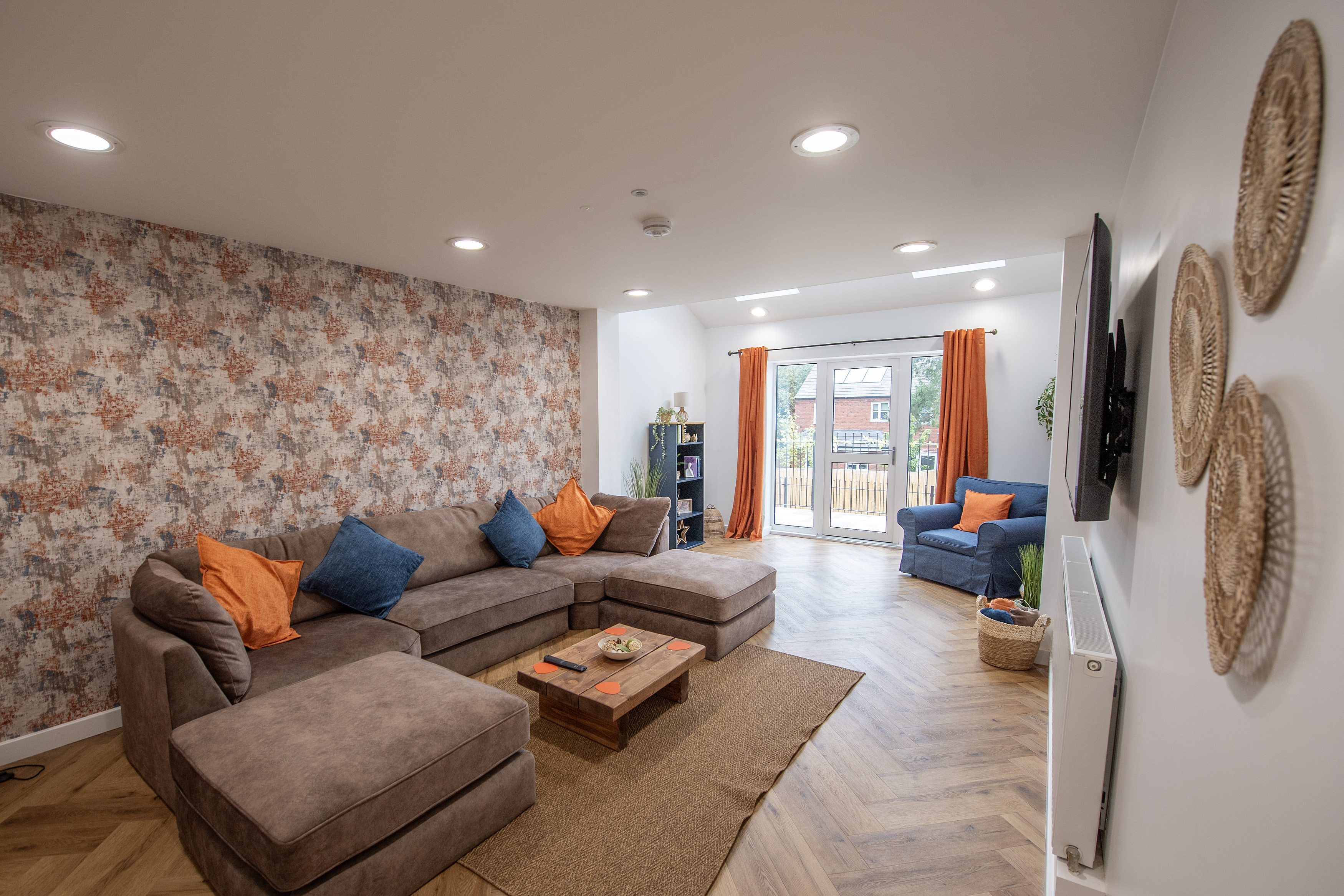A new children’s home in Leicester is preparing to open its doors.
Holly House, in Aylestone, has been converted from two former council houses to create a new home with places for up to five young people, between the ages of eight and 17.
It is the first brand new children’s home to be built in the city in 40 years.
The new home includes four bedrooms with ensuite bathrooms and a semi-independent flat for young people leaving care. The building also has communal recreational spaces, a dining room for everyone to eat together, a modern kitchen, lounge, offices and staff sleeping areas. The building is heated with air source heat pumps and has 30 photovoltaic solar panels on the roof.
Along with a home that will open next year in the west of the city, Holly House will help to increase the city council’s in-house capacity from six children’s homes, caring for up to 36 children and young people, to eight homes caring for up to 47.
The estimated cost for creating the new home is around £1,100,000, of which £500,000 has come from the Department for Education’s children’s homes capital funding programme.



There are currently more than 50 children and young people from Leicester living in residential children’s homes run by other organisations, with an average cost of £5,800 per week. Many of these are not located in the city.
The average direct cost at a council-run home in Leicester is around £5000 a week.
Cllr Sarah Russell, deputy city mayor for social care, health, and community safety, said: “It has been great to see Holly House taking shape and it’s wonderful to see that it is now almost complete.
“We consider investing in new children’s homes to be an important use of our resources, so that we can help to support and protect those who need it most.
“Children’s homes should feel like they are just that – a home – and I’m pleased to say that Holly House has been designed and finished with that in mind. We look forward to it opening its doors and becoming a welcoming home for some of Leicester’s most vulnerable children and young people.”
The vast majority of children who can’t live with their birth families live with foster carers but increasing demand for children’s social care services in recent years – a trend across the country - means there has been a significant rise in demand for residential children’s homes.
This has led to an increase in the use of external providers, but by building homes itself, the council can help children to maintain local connections and relationships, and tailor support to their individual needs.
Find out more about health and social care provision in Leicester at https://www.leicester.gov.uk/health-and-social-care/
ENDS
